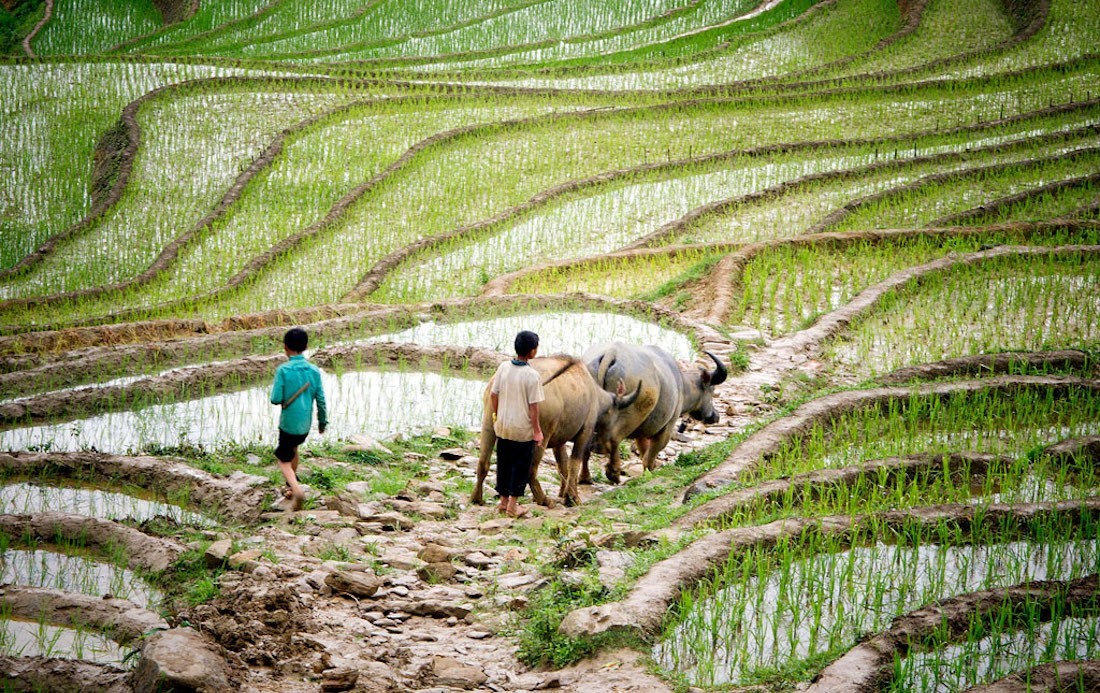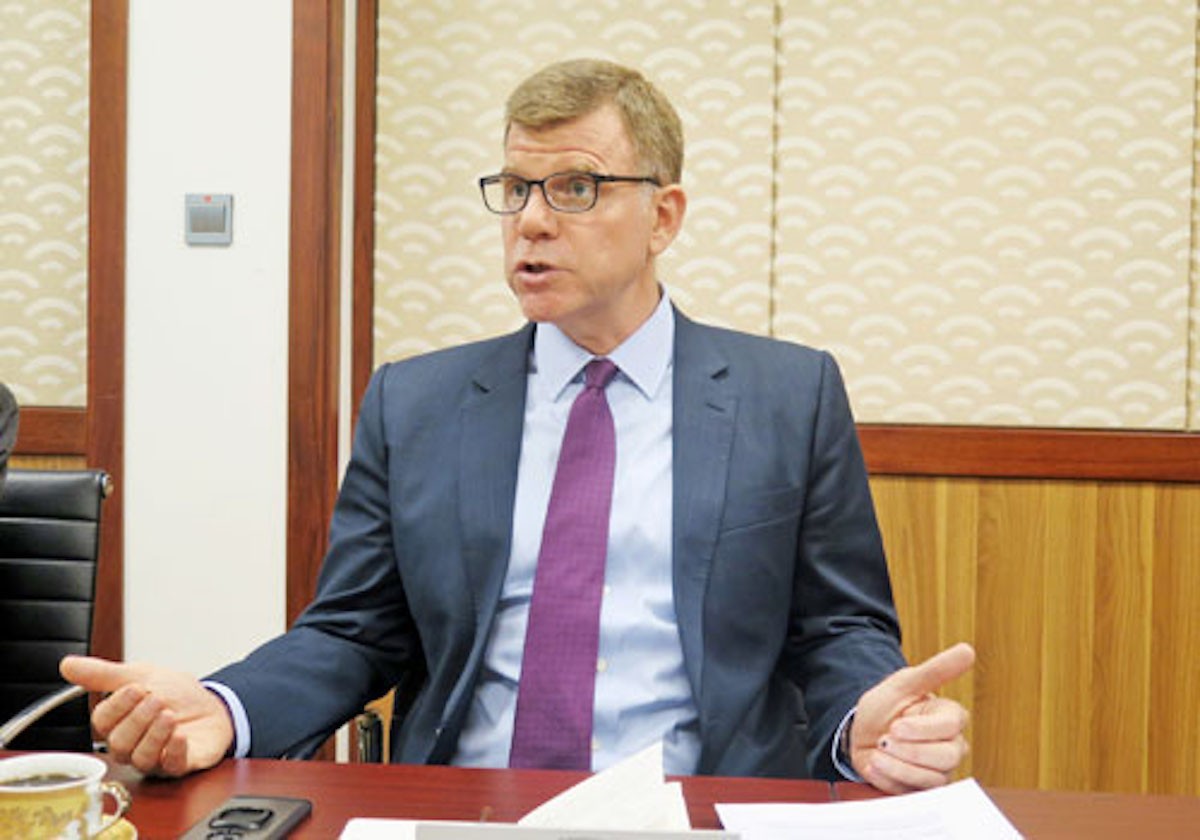Conditions are ripe GMS to embrace sustainable agriculture and become a source of environmentally friendly produce.
Tag: ADB
Cambodia’s backbone is still the agriculture sector
Sok Chan Jayant Menon, lead economist for regional trade and cooperation at the Asian Development Bank in Manila, recently spoke to Khmer Times’ Sok Chan, and outlined how Cambodia could stay competitive by increasing its productivity. KT: Cambodia’s main exports are garments, footwear and agricultural products destined for markets in the European Union and the […]
Paying for progress: Getting the private sector to pull its weight
The ADB’s 25 developing member countries together invested $881 billion in infrastructure in 2015, which is well below the estimated $1.34 trillion annual investment needed over the five-year period from 2016-20 if climate change-related projects are included. This gap amounts to 2.4% of annual average projected GDP for the same period.
Civil society sets advocacy targets for AIIB
A year after the Asian Infrastructure Investment Bank’s launch, NGO leaders involved see now as a key moment to build a constructive relationship. The $100 billion bank has yet to announce many of its own substantial financing projects, choosing instead to partner with other multilateral development banks. The bank is also still staffing up and building its internal systems — exactly the time when CSOs hope their voices can be heard.
Climate change is undermining sustainable development in Myanmar. Here is what can be done about it.
Myanmar’s national government and some international development groups are adopting different but complementary approaches to tackling climate change.
Implementation is key: ADB Vice President
Myanmar has tremendous potential for development and the government is on the right track. These are the comments of Stephen Groff, Asian Development Bank’s vice president for East Asia, Southeast Asia and the Pacific.
New Mekong pact to boost capitals’ connectivity
A major expansion of economic-corridor networks and new areas for economic investment valued at US$32.6 billion (Bt1.2 trillion) will strengthen links between the capital cities of Mekong countries, according to the agreement revealed at the 21st Greater Mekong Subregion (GMS) Ministerial Conference in Chiang Rai province yesterday.
ADB approves $230 mln loan to help Vietnam improve power transmission
The Asian Development Bank on Thursday signed a loan agreement of $231.31 million with the Vietnamese government to help build and upgrade the transmission networks in the southern region.
This is the third out of four assistance packages in an investment program approved for Vietnam by the Manila-based bank in 2011.
PDF REPORT Analysis on ADB Investments in the Greater Mekong – NGO Forum on ADB
Since 1992 the Asian Development Bank (ADB) initiated the Greater Mekong Sub-region (GMS) Program encompassing the five countries and parts of China. As of 2016, over USD 14 billion has been invested by the ADB. The GMS program is another flagship endeavor by ADB under the strategic pillar entitled “regional economic integration”. Furthermore the GMS Regional Investment Framework (RIF) 2013 – 2022 serves as the master plan for over 200 projects with an estimated investment of about USD 50 billion.1
Civil society-led impact studies on ADB funded GMS projects suggest that groups mostly dependent on natural resources bear the brunt of direct disempowerment from practices such as mining, logging, involuntary resettlement and road-building among others. Once removed from their rights of access to their customary resources, the ADB presupposes that affected communities will invariably integrate into new market-based economies. Most often than not, however this is far from the local reality.
Sun, Partnerships Power Thailand Solar Project
Sitting in the courtyard of his home in Lopburi Province, 180 kilometers north of Bangkok, Saichol Thanomsak remembers what life was like for the nearly 600 people in Moo 3 Village before Asia’s largest thin-film photovoltaic solar energy project moved in nearby. Land was not fertile and jobs were scarce, forcing breadwinners to seek employment elsewhere. For those who remained, life could be grim.
“The armed forces use nearby fields for firing practice and villagers would collect artillery shells for scrap metal,” he says. “Sometimes they blew up and there were many injuries. Today, we don’t have to take such risks. Our village benefits greatly from the solar plant. It has allowed so many of us to stay home and make a decent living.”










